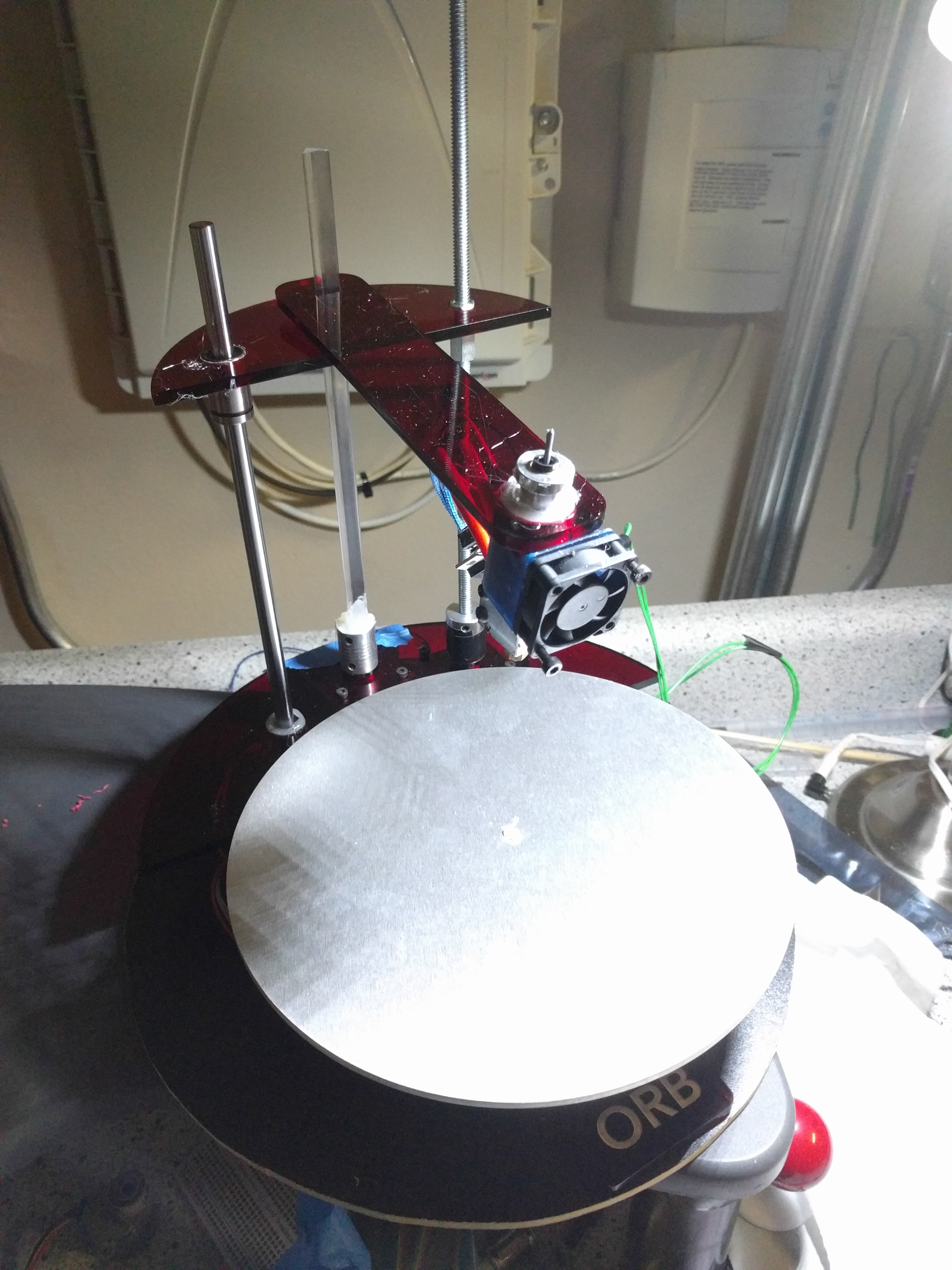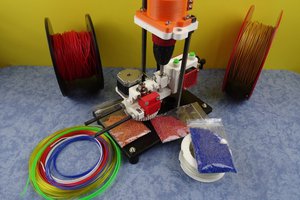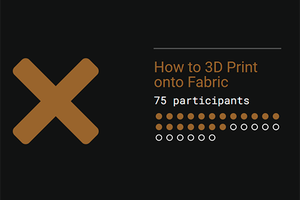DESIGN BRIEF
INTRODUCTION
The mission of the ORB 3D project is to dramatically improve the speed, open innovation, and accessibility of 3D printers, so that they become as ubiquitous and useful as common paper printers.
We also envision ORB and its groundbreaking technologies aiding many worldwide issues, including medicine, food, disaster relief, and medical research, where timeliness and open development saves lives.
We understand three main challenges that 3D printers must overcome in order for 3D printing to advance.
- 3D printers are too slow, making it difficult to rapidly prototype in homes and schools. Faster 3D printing speeds are also needed in other environments, such as manufacturing.
- 3D printers are too complicated to modify, as all parts are centralized into pre-made driver boards.
- 3D printers are too complicated to use; they have much steeper learning curves than “2D” paper printers. Primarily designed for computer geeks, they do not integrate software, hardware, and design well.
PROTOTYPES
We are currently on the 5th major revision of our prototype, standardizing the electronics modules, improving hardware configurations for the end-user and developing the ORB Studio software. In designing the ORB 3D printer, we have worked hard to grow our understanding of 3D printers, learning new techniques with each iteration of our design. Each major revision is dramatically different from the other in how we’ve come to realize the mechanics, architecture and interface for ORB. They all approach our vision of a more user-responsive paradigm for 3D printing.
We are approaching what we would consider our “Alpha” model, featuring demonstrable functionality in the core principles of our Design Paradigm.
DESIGN PARADIGM
INCREASE PRINTING SPEED
The pace of our world demands faster printing. Just like the dot matrix gave way to the inkjet, ultimately being replaced by the laser printer, ORB aims to revolutionize the speed of 3D printers in the industry.
We envision a world where 3D printing would move at your speed. In schools, real world-design would take place at a real-world pace with 3D printers allowing for rapid iteration in-class. Imagine the possibilities for disaster relief and assistive technologies in remote regions of the world. Utilizing three core technologies, our goal is to make objects as quickly as you need them.
ORB utilizes three new technologies with the goal of making objects rapidly.
- Spinning Disc: Much like a vinyl record player or hard drive, ORB’s spinning disc spins while the extruder moves over it. By rotating at high velocity, it allows objects to print much faster.
- MultiHeat: Multiple heater elements are stacked on top of each other with a small gap. By heating incrementally, fast-moving plastic can travel much more efficiently. Without MultiHeat, the movement speed of the spinning disc is still limited to how fast the heater can warm plastic.
- Multi Material: Custom plastic filaments and Modules allow for printing anything from circuitry to cakes. We are also researching materials that allow for quicker and more imaginative prints, constantly experimenting with combinations of materials and different methods to produce precise, dynamic objects.
MODULAR ARCHITECTURE (for easy and open printer development)
Today’s 3D printers are generally closed for innovation; you need to have extensive engineering experience to add to or change your 3D printer. While the proliferation of open-source 3D printers has sparked a global maker manufacturing revolution, the modification of these 3D printers still remains limited to a select few of engineers due to the growing complexity of centralized CNC control.
ORB solves this issue with Modularity. Every major mechanical/electrical component in ORB is an individual Module, or building block, that can be connected to add more functionality. Modularity vastly reduces the risk of failure of the entire system by removing interdependencies and ‘sandboxing’ individual...
Read more » Thomas Suarez
Thomas Suarez

 Swaleh Owais
Swaleh Owais
 Venture Bit
Venture Bit
 Ian Coll McEachern
Ian Coll McEachern
 Lutetium
Lutetium
l had to stop ar your information as Orbs and 3d printing are the reason l joined this site. I am also not sure that you will get this message as your last post was 2016. I have so far....been unable to find someone to be able to 3d print my Orbs, l think its because the artifacts are hollow and pierced. If you get this message, please have a look at my web site www.yvesturgeon.co.uk. you will find the said pieces under sculpture not Orbs Toem Orbs have been selling since 2001, but the large Orb sculptues are the ones l am desperate to reproduce. So far a London boffin and our local hospitals 3d printed were unable to do this.
Thank you for you time and l hope to hear from you in the near future. Yve